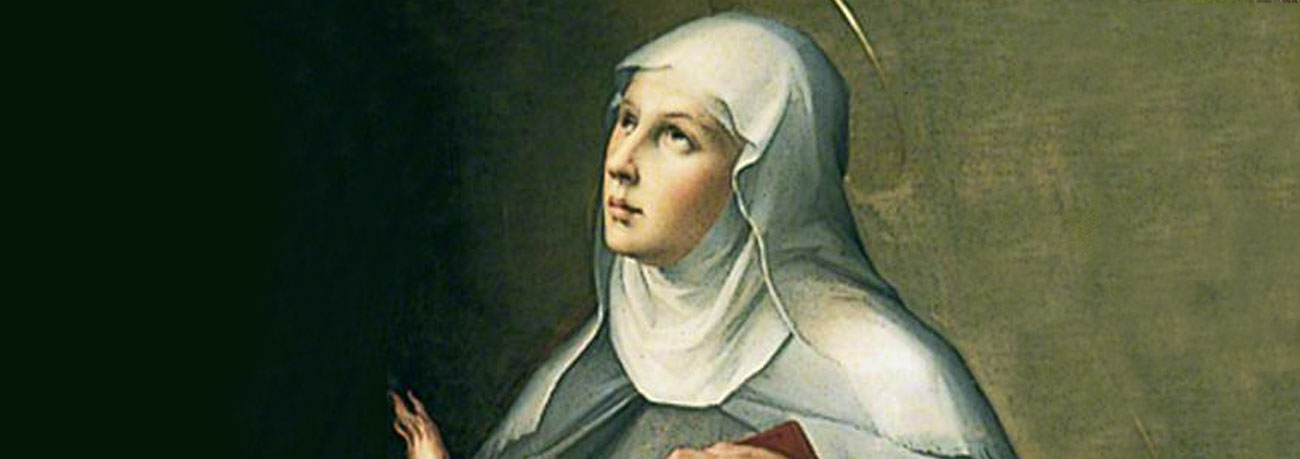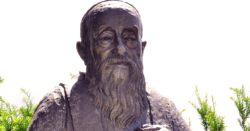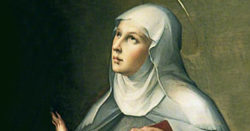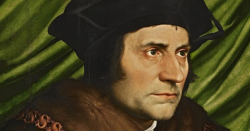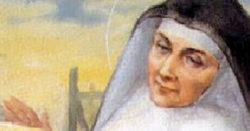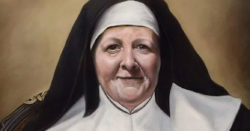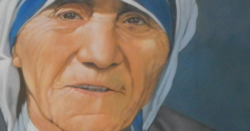Name That Saint: St. Bridget
St. Bridget: Influencing the Church and Western Art for Centuries
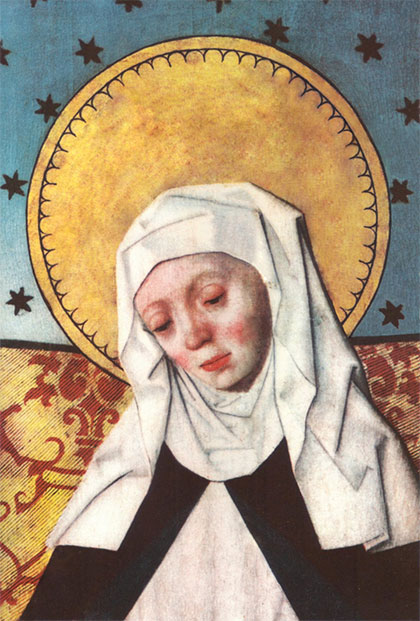 Birgitta Birgersdotter (aka Bridget) was born to a Swedish family of nobility at the beginning of the fourteenth century. As a young girl, she saw a vision of Jesus on the Cross. It made a deep impression on her; for the rest of her life, she was devoted to Jesus and His Passion.
Birgitta Birgersdotter (aka Bridget) was born to a Swedish family of nobility at the beginning of the fourteenth century. As a young girl, she saw a vision of Jesus on the Cross. It made a deep impression on her; for the rest of her life, she was devoted to Jesus and His Passion.
In 1316 she married Ulf Gudmarsson, the prince of Nericia, with whom she had eight children (six survived infancy). Early on, she taught their children the faith and helped them practice charity and self-denial. Her life was a solid model for them, as well: she served the poor and even founded a hospital where she tended to the sick.
She and Ulf went on a pilgrimage to Santiago de Compostella in 1341; three years later, on their way home, Ulf became very ill. Although he recovered, he died shortly after returning. Some sources say he became a Cistercian monk (after St. Bridget agreed, of course) and died within the monastery, others state he died near the Cistercian monastery of Alvastra.
After Ulf’s death, St. Bridget gave her belongings to her children and became a Third Order Franciscan. She lived an austere life, wearing penitential clothing, fasting four days a week, feeding the poor, and praying through the night before a Crucifix or the Blessed Sacrament.
In 1346, Jesus appeared to her, requesting she start a new Order and giving her a Rule of Life for its members. St. Bridget submitted this to her spiritual directors who approved, and she established the Order of the Most Holy Savior (also known as the Brigittines) in Vadstena. Impressed with her holiness, the King and Queen donated an estate to Bridget to help her begin this new venture. The Order was devoted to the Passion of Jesus, with the nuns and monks wearing distinct habits that reflected their devotion. Over their veils, the nuns would wear a “Crown of the Five Holy Wounds,” made of three metal bands with five red stones symbolizing the Wounds of Jesus Crucified. The monks would wear a habit with a red Cross depicted on the upper right, in the center of which would be a round white host, representing the Eucharist.
Four years after founding the Order, St. Bridget went to Rome with her daughter, Catherine, to seek official approval from the Pope. At that time, the Pope lived in Avignon, and Europe was ravaged by the plague. St. Bridget wrote to the pope, asking for his approval of the Order and begging him to return to Rome. Shortly after their arrival, Catherine learned that her husband had died. She remained in Rome with her mother, and as they awaited the Pope’s response, the mother and daughter team lived an ascetic life in accordance with the Rule, praying and serving the poor.
St. Bridget continued receiving revelations from Jesus, as well as some from our Blessed Mother. In one vision, Mary appeared as the Queen of Heaven, wearing a magnificent crown in which Jesus had placed seven lilies. Each lily represented one of Mary’s virtues: humility, fear, obedience, patience, serenity, sweetness, and mercy. St. Bridget’s devotion to Mary became even more tender, and later, after her revelations were published, countless Marian hymns and poetry extolled these virtues.
Her revelations also had a tremendous impact on Christian art. In her vision of the birth of Jesus, St. Bridget saw the Infant emanating great light — symbolizing His divinity – and the Blessed Mother kneeling before Him in adoration. From that point on, artists have tried to capture this scene, making Jesus as bright as possible while obscuring everything else.
Twenty years after they arrived in Rome, Pope Urban V approved the Order, and St. Bridget wrote to the convent in Vadstena, giving them instructions on building the Abbey. But she would not live to see it. On July 23, 1373, St. Bridget died; a year later, Catherine brought her mother’s body back to Sweden and buried it at the convent. The sisters there chose Catherine as their Abbess. In 1385, St. Bridget’s granddaughter Ingegerd, the daughter of Märtha, entered the Order and was elected Abbess.
Catherine died in 1831 and was canonized in 1484. St. Bridget was canonized in 1391; her body remains at Vadstena. She is the patron saint of Sweden, and in 1999, she was named co-patroness of Europe (along with St. Catherine of Siena and St. Teresa Benedicta of the Cross).
St. Bridget’s Feast Day is July 23.
St. Bridget of Sweden, pray for us.
Get InSPIREd!
Sign up below and receive our monthly inspirational Newsletter dedicated to Mary!

